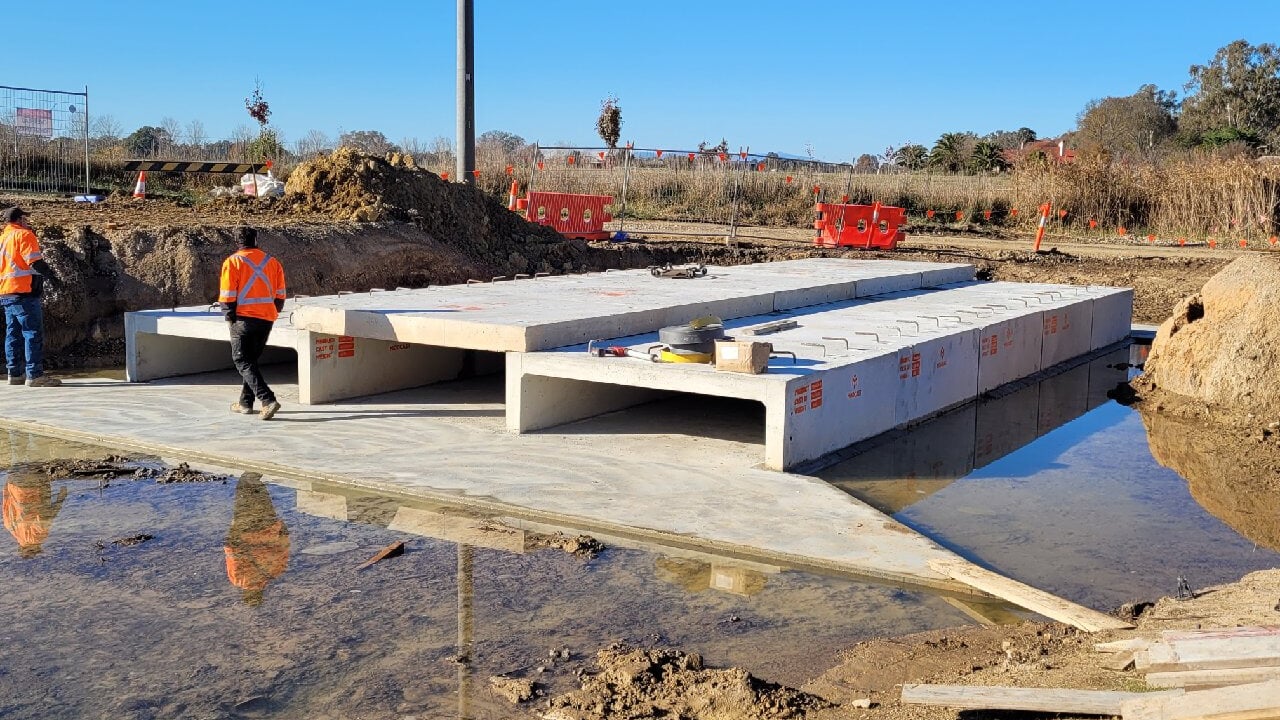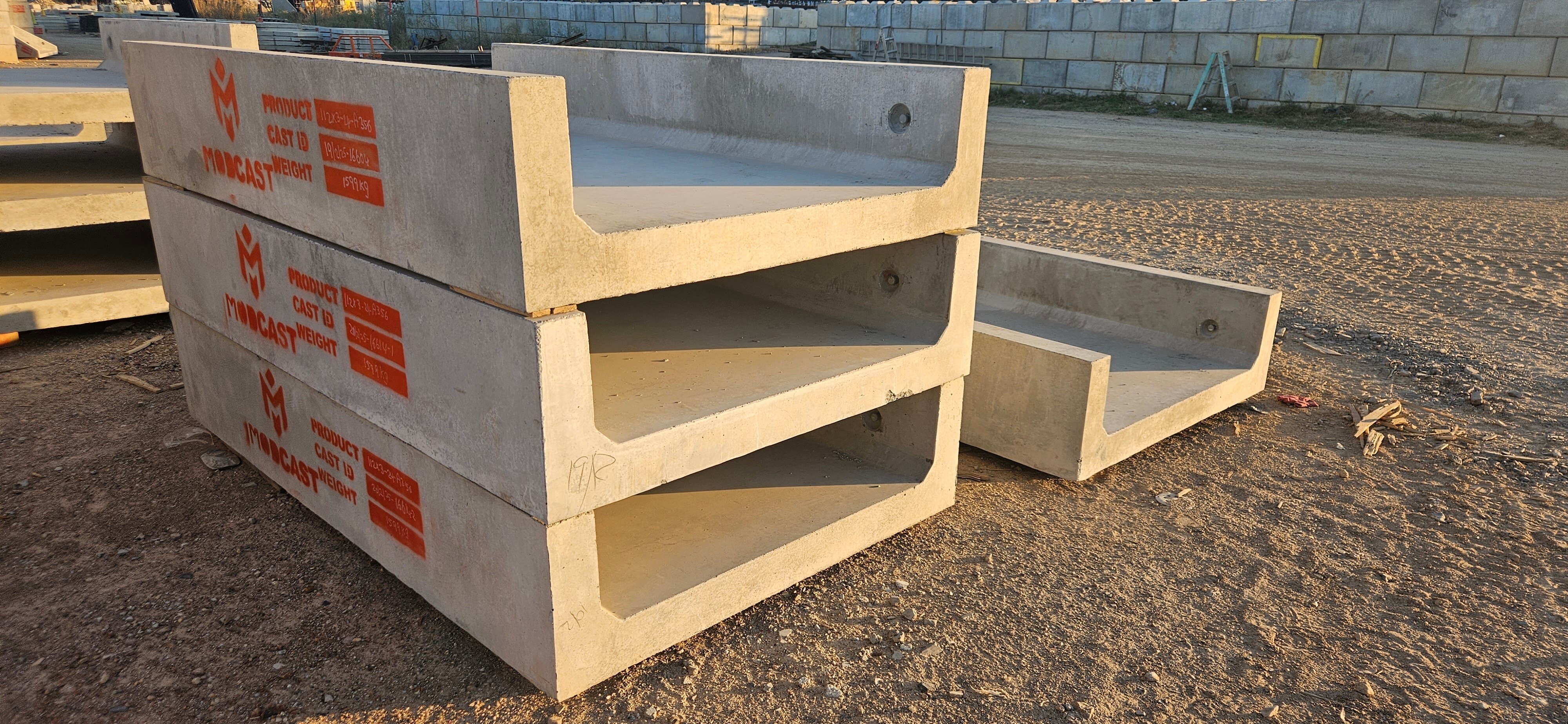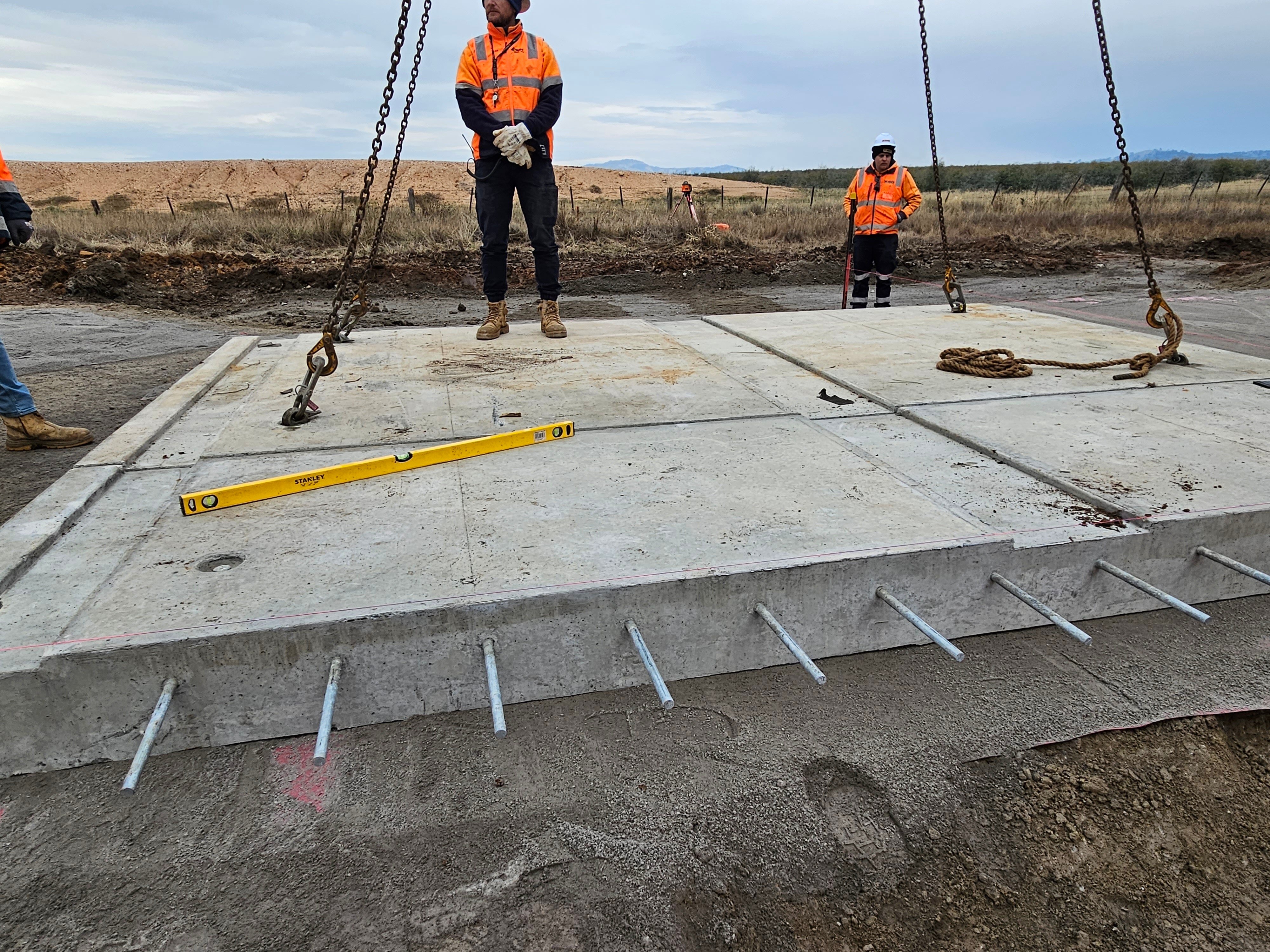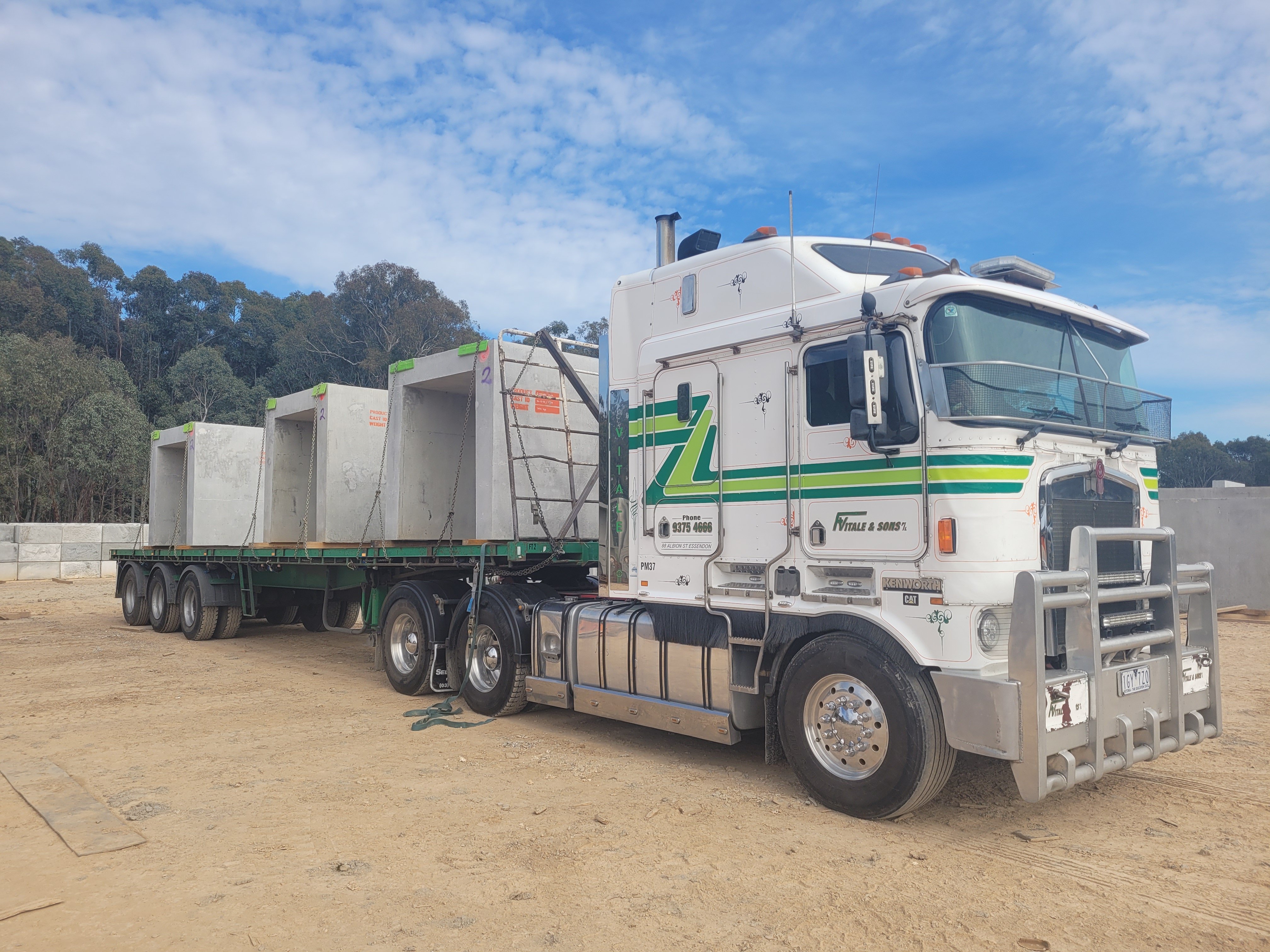In this article, we delve into large box culvert structures, with a special focus on multi-cell designs and link slabs, examining their importance and advantages.
Large Box Culvert Structures
Large box culverts are engineered structures designed to carry water, accommodate traffic, and support the weight of the soil or other materials above them. These structures are used in various applications, including roadway crossings, stormwater management, and pedestrian pathways. One of their notable features is their box-like cross-section, which provides superior load-bearing capacity and efficient flow management.
Multi-Cell Box Culverts
Multi-cell box culverts are a significant advancement in culvert design, allowing engineers to address complex challenges related to water management and structural stability. Unlike single-cell box culverts, which have only one opening for water flow, multi-cell structures incorporate multiple compartments or cells within a single culvert structure. Here's why multi-cell box culverts are gaining prominence:
Enhanced Hydraulic Performance: Multi-cell culverts can handle larger water volumes and higher flow rates than single-cell culverts. This is particularly useful in areas prone to heavy rainfall or flash floods, where efficient drainage is crucial to prevent flooding and road damage.
- Structural Efficiency: Distributing the load across multiple cells increases the structural stability of the culvert, and enables the use of smaller, lighter units compared to one very large unit of the same overall size.
Link Slabs
Link slabs are used to bridge the gap between two culverts spaced a distance apart, effectively creating a multi-cell culvert. This innovative approach offers several advantages:
Cost-Effective Solution: Link slabs utilize the walls of adjacent culverts to effectively create another opening, reducing the number of overall culvert units required. This cost-effective approach optimizes resources and minimizes construction expenses.
Efficient Water Flow: By connecting two culverts, link slabs ensure uninterrupted water flow beneath roadways or pathways. This is crucial for maintaining drainage and preventing water-related issues.
Structural Integrity: Link slabs are designed to provide a stable connection between culverts, ensuring structural integrity and load-bearing capacity across the entire length.
Conclusion
Large box culvert structures, including multi-cell designs, and designs incorporating link slabs, are essential elements of our infrastructure, facilitating efficient water management and safe passage for vehicles and pedestrians. Multi-cell box culverts offer superior hydraulic performance and structural stability. Link slabs create multi-cell structures while optimizing resources and minimizing construction costs. These innovations are vital for the continued development and maintenance of our transportation networks and stormwater management systems.





